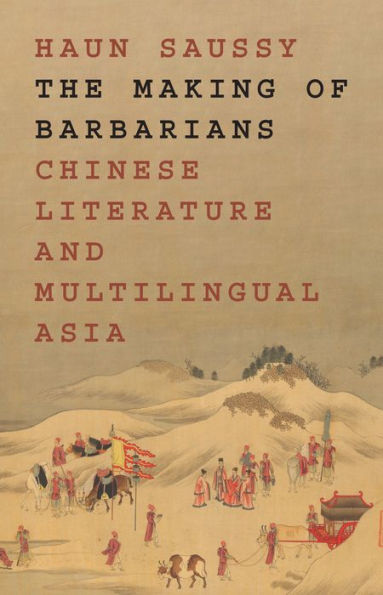5
1

The Making of Barbarians: Chinese Literature and Multilingual Asia
192
The Making of Barbarians: Chinese Literature and Multilingual Asia
192
37.0
In Stock

Product Details
| ISBN-13: | 9780691231976 |
|---|---|
| Publisher: | Princeton University Press |
| Publication date: | 05/10/2022 |
| Series: | Translation/Transnation , #58 |
| Pages: | 192 |
| Sales rank: | 840,309 |
| Product dimensions: | 5.60(w) x 8.60(h) x 0.80(d) |
About the Author
What People are Saying About This
From the B&N Reads Blog
